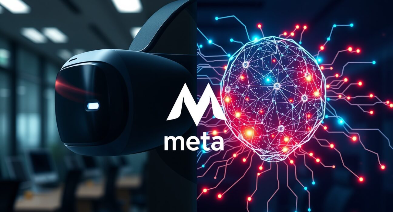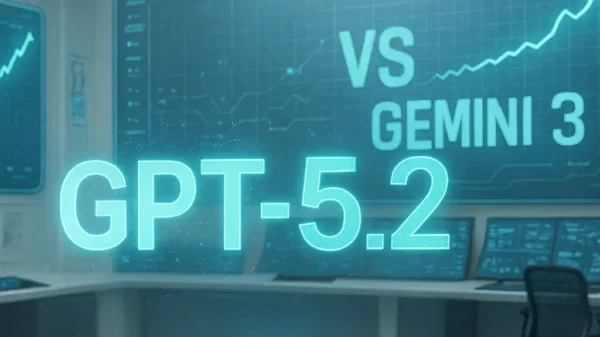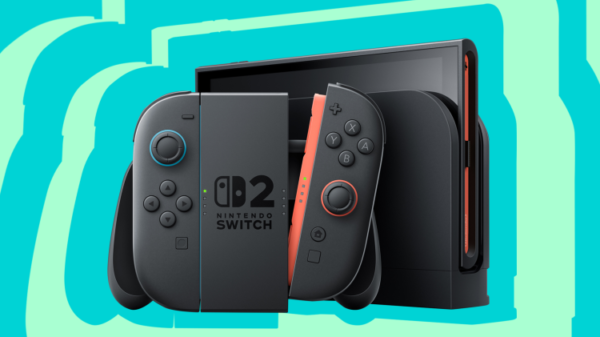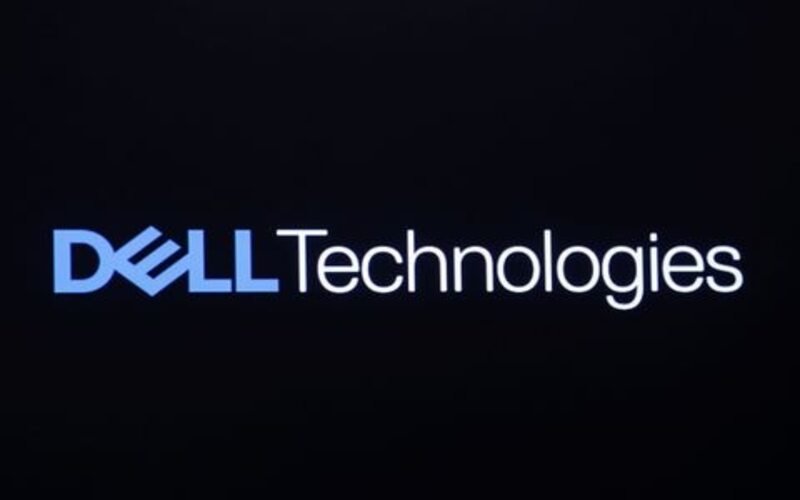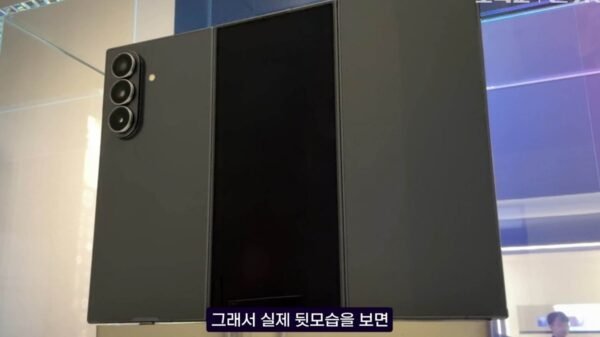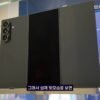HP Omen 35L Desktop Review: Stylish but Held Back by Its Processor
The HP Omen 35L gaming desktop aims to impress with its sleek design, vibrant RGB lighting, and powerful hardware. While it delivers solid gaming performance, particularly at 4K resolution, it struggles in certain areas due to an imbalanced component selection. This review takes a closer look at its strengths and weaknesses to help you decide if it’s the right choice for your gaming setup.
Aesthetically, the Omen 35L is well-designed for gamers. It has a sleek mid-tower chassis with adjustable RGB lighting and an efficient cooling system. The intake fans come with dust filters, and the 240mm liquid cooling system helps keep temperatures in check. Under stress tests, the CPU peaked at 60°C, while the GPU remained stable at 70°C. The cooling performance and build quality are two of this desktop’s strongest aspects.
The reviewed configuration of the Omen 35L is priced at $3,314 and comes with an Nvidia RTX 4080 Super graphics card and 64GB of DDR5 RAM. These high-end components should make for an excellent gaming experience. However, the choice of an AMD Ryzen 7 8700G processor creates a bottleneck, particularly in CPU-heavy tasks and 1080p gaming. While the RTX 4080 Super enables smooth 4K gaming, esports players looking for high frame rates in competitive games may find the CPU holding them back.
Performance benchmarks reveal this issue further. In Shadow of the Tomb Raider at 4K, the system delivers an impressive 132 frames per second. However, CPU-reliant games, such as Guardians of the Galaxy, see the Omen 35L falling behind the Lenovo Legion Tower 7i Gen 8, a competing desktop with an Intel Core i9-14900KF processor. Geekbench 6 scores show the gap as well, with the Omen 35L reaching 12,745, significantly lower than the Legion Tower 7i Gen 8’s 18,735. Tech expert Mark Knapp from CNET sums it up by stating, “The Omen 35L impresses with its GPU power, but the CPU holds it back in maximizing frame rates, particularly in fast-paced 1080p gaming.”
Beyond performance, HP’s pricing and upgrade strategy raise concerns. Purchasing additional memory and storage through HP comes at a premium compared to aftermarket alternatives. A smarter approach for buyers would be to opt for the base model, priced at $1,299, and upgrade RAM and storage independently. This method brings the total cost down to roughly $2,407, delivering better value than HP’s own configurations.
Another drawback of the Omen 35L is its lack of future-proof connectivity options. It only includes two USB-C ports with a maximum speed of 10Gbps, lacking support for USB4 and the faster USB 3.2 Gen 2×2 standard. Moreover, it is limited to Gigabit Ethernet, whereas some competitors, like the Legion Tower 7i Gen 8, offer 2.5GbE for better networking performance.
Ultimately, the HP Omen 35L is a mixed bag. It excels in 4K gaming, aesthetics, and cooling while falling short due to its processor limitations and expensive upgrade options. For competitive gamers primarily playing at 1080p, better alternatives exist, such as the Lenovo Legion Tower 7i Gen 8, which provides superior CPU performance at a comparable price.
For those still interested in the Omen 35L, the best approach is to purchase the base model and upgrade it separately. This will ensure better value and longevity without overspending on HP’s official upgrades.
Final Score: 7.5/10
While the Omen 35L is stylish and well-cooled, its CPU bottleneck and high upgrade costs make it a harder sell compared to competing gaming desktops. If high frame rates and processor-intensive gaming are your priority, options like the Lenovo Legion Tower 7i Gen 8 may serve you better. However, if you prioritize a sleek design and reliable 4K performance, the Omen 35L is still a viable choice with the right upgrades.



